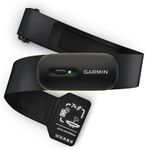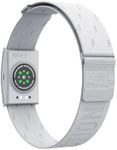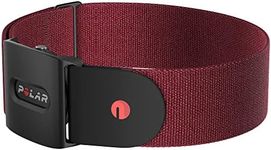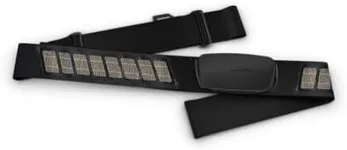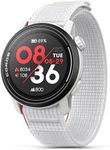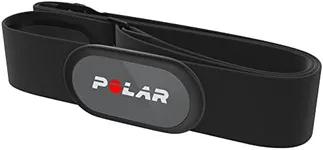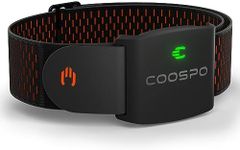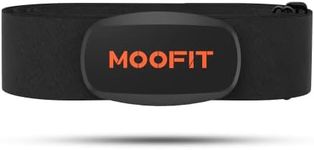Buying Guide for the Best Heartbeat Monitors
Choosing the right heartbeat monitor can be a crucial decision for anyone looking to keep track of their heart health, whether for fitness purposes, medical reasons, or general well-being. The right monitor can provide you with accurate and timely information about your heart rate, helping you make informed decisions about your health and fitness routines. Here are some key specifications to consider when selecting a heartbeat monitor, along with explanations to help you understand their importance and how to choose the best option for your needs.AccuracyAccuracy is the most critical feature of a heartbeat monitor because it determines how reliable the data you receive is. Accurate readings are essential for making informed decisions about your health and fitness. Monitors can vary in accuracy, with some being more precise than others. Generally, chest strap monitors are known for their high accuracy, making them suitable for athletes and those needing precise data. Wrist-based monitors are convenient and good for general fitness tracking but may be slightly less accurate. Choose based on how critical precise data is for your needs.
ComfortComfort is important because you will likely be wearing the monitor for extended periods. If a monitor is uncomfortable, you may be less likely to use it consistently. Chest straps can sometimes be less comfortable than wrist-based monitors, especially during prolonged use. However, some chest straps are designed with comfort in mind. Consider how long and how often you will wear the monitor and choose one that feels comfortable for your body and activity level.
ConnectivityConnectivity refers to how the heartbeat monitor communicates with other devices, such as smartphones, fitness trackers, or computers. This is important for tracking and analyzing your data over time. Monitors may use Bluetooth, ANT+, or other wireless technologies. If you want to sync your data with fitness apps or other devices, ensure the monitor is compatible with your existing technology. Choose a monitor with the connectivity options that match your tech ecosystem.
Battery LifeBattery life determines how long the monitor can operate before needing a recharge or battery replacement. This is important for convenience and ensuring the monitor is always ready to use. Battery life can range from a few hours to several months, depending on the type of monitor and its features. If you plan to use the monitor frequently or for long sessions, look for one with a longer battery life. Consider your usage patterns and choose a monitor that fits your lifestyle.
Water ResistanceWater resistance is crucial if you plan to use the monitor during activities where it might get wet, such as swimming, running in the rain, or intense workouts that cause heavy sweating. Water resistance levels can vary, with some monitors being splash-proof and others being fully waterproof. Check the water resistance rating and choose a monitor that matches your activity level and the environments in which you will use it.
DisplayThe display on a heartbeat monitor shows your heart rate and other relevant data. This is important for easily accessing your information during workouts or daily activities. Displays can range from simple LED indicators to full-featured screens with detailed metrics. If you need to see your data at a glance, choose a monitor with a clear and easy-to-read display. Consider how much information you want to see and how you prefer to view it.
Additional FeaturesAdditional features can enhance the functionality of a heartbeat monitor. These might include GPS tracking, activity tracking, sleep monitoring, and more. These features can provide a more comprehensive view of your health and fitness. Consider what additional data you want to track and choose a monitor that offers those features. Think about your overall health and fitness goals and select a monitor that supports them.

